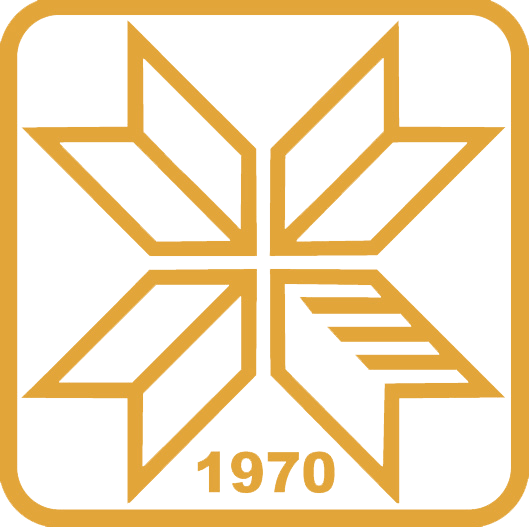Приказ основних података о документу
On some forms of desecration of visual symbols of the cultureidentity of the Serbian people in Serbia from the 1990s to date
| dc.contributor.author | Jovanović, Zoran M. | |
| dc.date.accessioned | 2022-07-12T08:22:48Z | |
| dc.date.available | 2022-07-12T08:22:48Z | |
| dc.date.issued | 2020 | |
| dc.identifier.uri | https://platon.pr.ac.rs/handle/123456789/115 | |
| dc.description.abstract | The focus of this paper is a selection of examples of misuse of some of the most famous works of Serbian sacred and secular visual art, dating from the Middle Ages to the beginning of the 20th century, which have been celebrated for their theme/motif as visual symbols of national culture/Serbian identity (Orthodox Christianity). This paper outlines some of the most indicative examples in Serbia between the early 1990s, i.e. since the beginning of the civil-religious war in the disintegrating SFR Yugoslavia, and the present day, which means that such a practice has been in effect for thirty years, confirming that it is not a transient phenomenon, but a process that persists in poisoning the national organism. Some of these works of art, however widely regarded as visual evidence of the history of the Serbian people and their religious affiliation, have fallen victim to various forms of desecration, banalization, and trivialization within mass (quasi) culture, to the point of being recklessly abused to manipulate the Serbian public in the service of a particular idea/ideology, which is why one may call it an offense as much against the work of art and its real meaning as against those for whom the act was intended. Moreover, it is not only an indicator of a disrespectful attitude (of the media and the so-called elite) towards their consumers, since they – understood/used as intellectually blind beings – are also placed in the context of being instigated to various atrocities against the Other, at best to spreading hatred for the Other, which too often leaves individual and collective tragedies in its wake. Some of the works of art discussed, with the peculiarities of the local spirit of the times, were created behind closed doors, and owing to the “spiritual reach” of the spirit of the place, placed in a context that has no related links to their original message/lesson. It seems that such a milieu gave rise to several recent exhibitions, which, under normal circumstances, could also be classified as manifestations with exhibits intended primarily for the fans of the so-called black tourism. In this case, however, both the art and the public were abused as much as the exhibits. Vis-à-vis the experience of contemporary art, e.g. in the framework of postmodernism, according to which every work is subject to a new artistic action, in our case this is a process of “long duration” in Braudel’s terms, during which the work of art has been abused/misused in various ways, and even in order to serve certain purposes that are by no means artistic. Something similar happened with several icons of Serbian nationality, which were desecrated in various ways due to ignorance, but paradoxically through a strong emphasis on religious and/or national identity | en_US |
| dc.language.iso | en_US | en_US |
| dc.publisher | Serbian Sociological Association; Institute for Political Studies. | en_US |
| dc.rights | Ауторство-Некомерцијално-Без прерада 3.0 САД | * |
| dc.rights.uri | http://creativecommons.org/licenses/by-nc-nd/3.0/us/ | * |
| dc.title | On some forms of desecration of visual symbols of the cultureidentity of the Serbian people in Serbia from the 1990s to date | en_US |
| dc.title.alternative | Culture and identities | en_US |
| dc.type | konferencijski-prilog | en_US |
| dc.description.version | publishedVersion | en_US |
| dc.citation.spage | 43 | |
| dc.citation.epage | 57 | |
| dc.subject.keywords | Serbia, visual art, abuse of art, culture, identity | en_US |
| dc.type.mCategory | M14 | en_US |
| dc.type.mCategory | openAccess | en_US |
| dc.type.mCategory | M14 | en_US |
| dc.type.mCategory | openAccess | en_US |
| dc.identifier.cobiss | 21808137 |

